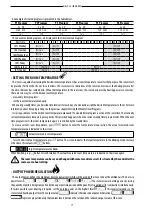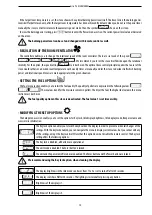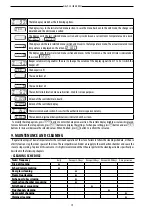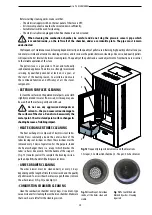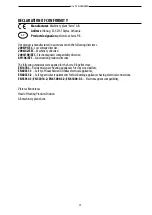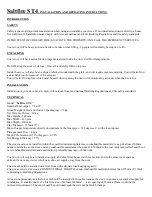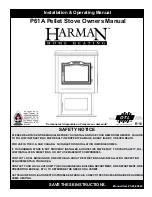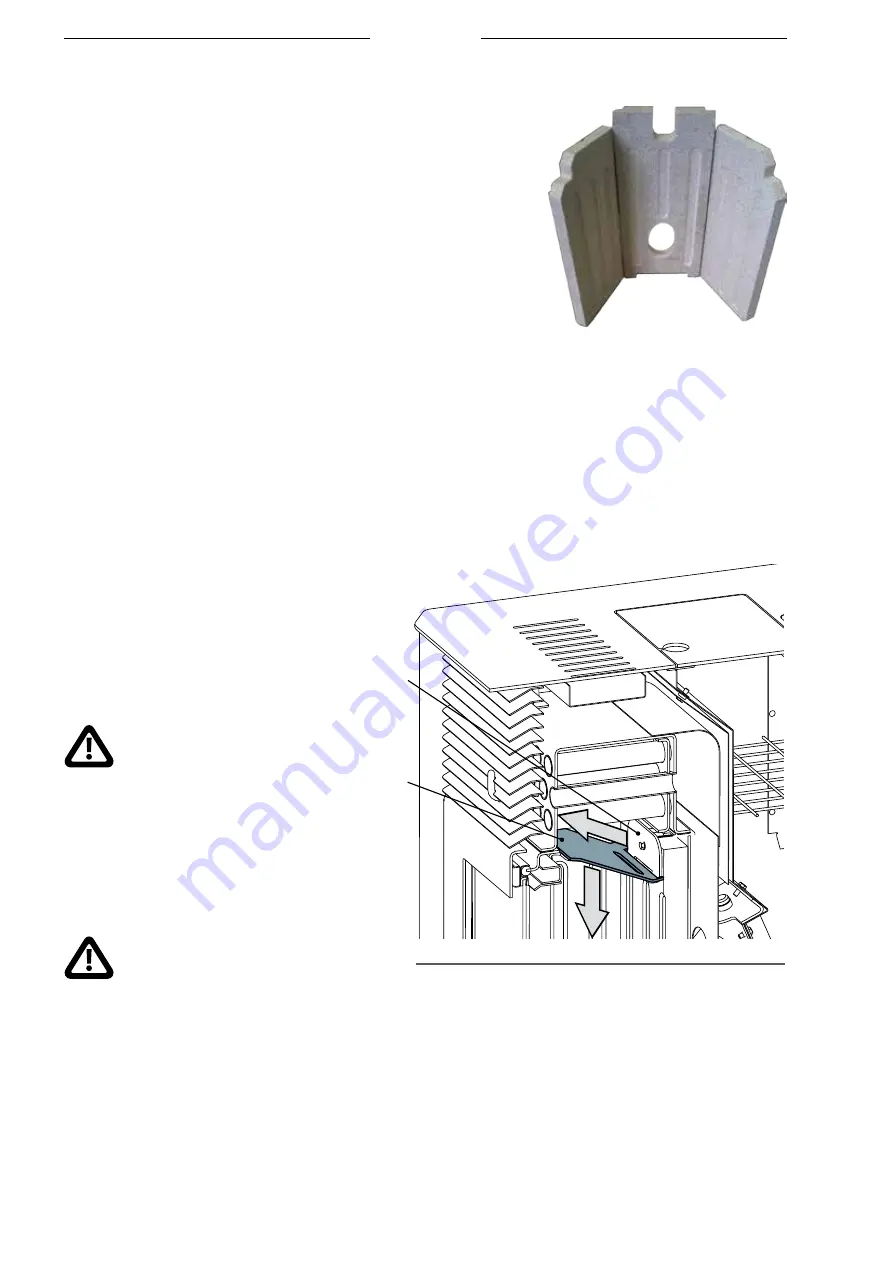
21
Astra P-8 USER MANUAL
• FIRE POT CLEANING
A clean fire pot is of essential importance to assure uninterrupted stove operation.
During the combustion process, increments of ashes and slag fill up the holes of the
pot (Fig. 14). These increments must be removed immediately because they block the
air flow. Inspect the holes frequently and make sure that the holes on the bottom as
well as those on the sides of the pot are clear and fully open (Fig. 13). Failure to keep
these holes clear leads to clogging, reducing the air supply and finally to automatic
shut-off of the stove.
Timely and scrupulous cleaning of the fire pot prevents problems that in the longer
term could require the intervention of a technician to repair the stove.
• VERMICULITE PLATES CLEANING
The combustion chamber of the Astra pellet stove is lined with three vermiculite plates (Fig. 15). Vermiculite has high resistance to
heat, is lightweight and has excellent insulation properties. All these features ensure good combustion and effective performance
of the stove.
During the combustion process, the vermiculite plates turn white giving the flame clear and shining look. When combustion is
regulated properly, the surface of these plates remains clean and white. Thus, the plates act as indicator – a light colour indicates
that the combustion quality is high, a dark colour signals that combustion quality is poor.
• Vermiculite plates do not require any specific maintenance. Gentle cleaning with a brush to remove any ash residue is all that is
necessary.
• Do not use any abrasive sponges to clean the most resistant
spots – they could diminish the thickness of the vermiculite
plates thus creating critical points that may result in
cracking.
• Do not use any wet cloths to clean the plates.
• Do not use the tube of a vacuum cleaner in direct contact
with the vermiculite plates. Work keeping the tube’s head
withdrawn at a safe distance from the plates.
Vermiculite is resistant to heat. However, it
is fragile and not resistant to knocks. Please,
do not exercise strength; handle it with care when
moving.
Slight abrasion can appear on the vermiculite plates after a
few hours of firing. This is absolutely normal as the flame creates
microgrooves in the surface of the plates without imposing
considerable damage. The lifetime length of the vermiculite plates
depends only on how carefully their maintenance is performed.
Clean the vermiculite plates only after they
have cooled down. Use a vacuum cleaner to
remove the ashes.
• FLAME TRAP CLEANING
The flame trap must be taken out and cleaned every 2 days. Perform this procedure after the stove cools down completely. Fig. 16
presents the sequence of the flame trap removal.
The flame trap is located inside the combustion chamber, in its top part. It rests on two supports – the front and the rear one. Grasp
the flame trap; pull it towards yourself until the lower part of the trap gets loose. Then, pull down it, remove the flame trap from the
chamber and clean. When done, work in the opposite sequence to place it back.
Fig. 15
Vermiculite plates kit.
Fig. 16
Removing the flame trap.
1. Rear support; 2. Front support.
1
2
Summary of Contents for P-8
Page 2: ......











